Lendiss: Ārmstrongs lietoja dopingu "Tour de France" laikā
Amerikāņu riteņbraucējs Floids Lendiss atzinies dopinga lietošanā, par ko no sporta tika diskvalicēts uz diviem gadiem, un pastāstījis, ka daļa citu riteņbraucēju, ieskaitot Lensu Ārmstrongu, lietojuši dopingu ''Tour de France'' laikā.
34 gadus vecais Lendiss plašākai sabiedrībai zināms ar to, ka 2006. gadā viņam par dopinga lietošanu (testosterons) tika atņemta uzvara prestižajās ''Tour de France'' sacensībās. Pēcāk viņš tika diskvalificēts uz diviem gadiem.
Šodien atklātībā nākusi informācija par to, ka aprīlī Lendiss nosūtījis epastu ASV Riteņbraukšanas savienības vadītājam Stīvenam Džonsonam, kurā minējis to, ka laika posmā no 2002. līdz 2005. gadam ''U.S. Postal Service'' komandā esot tikusi izstrādāta un pielietota dopinga programma.
Divas personas, kas apgalvo, esot redzējušas Lendisa rakstītās vēstules, atklājušas, ka ''U.S. Postal Service'' komandā esot notikušas asins pārliešanas un citas nelikumīgas procedūras.
Izmantotie resursi:
Los Angeles Times

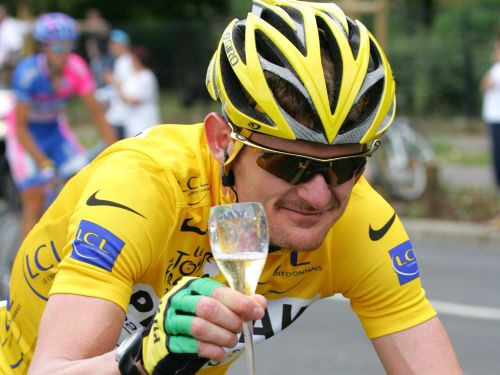
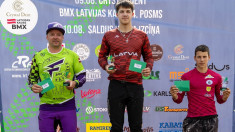
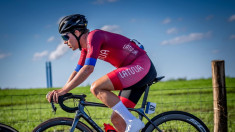
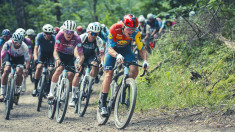

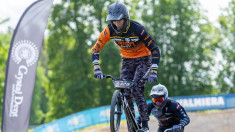
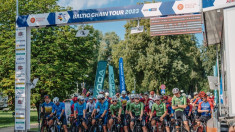
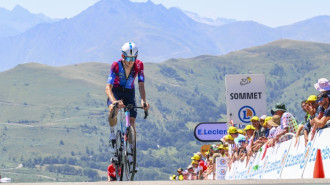
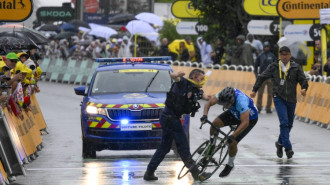


+10 [+] [-]
+22 [+] [-]
Tas ka lieto visi ir gandriiz 100% skaidrs. Neviens normaals cilveeks taa nevar maukt kalnos 12 dienaa! Visiem asinskjermeniishi uz sirds apstaashanaas robezhas ibio...
+5 [+] [-]
+5 [+] [-]
+4 [+] [-]
+2 [+] [-]
[+] [-]
15 sportisti 1999.g. bija lietojuši EPO, bet nedomāju, ka kāds no viņiem tika diskvalificēts.
+6 [+] [-]
+4 [+] [-]
[+] [-]
-1 [+] [-]
[+] [-]
Izraksts no wiki:
* On August 23, 2005, L'Équipe, a major French daily sports newspaper, reported on its front page under the headline "le mensonge Armstrong" ("The Armstrong Lie") that 6 urine samples taken from the cyclist during the prologue and five stages of the 1999 Tour de France, frozen and stored since at "Laboratoire national de dépistage du dopage de Châtenay-Malabry" (LNDD), had tested positive for Erythropoietin in recent retesting conducted as part of a research project into EPO testing methods.[71][72] For years, it had been impossible to detect the drug, called erythropoietin, which builds endurance by boosting the production of oxygen-carrying red blood cells. The world governing body of cycling, Union Cycliste Internationale (UCI), did not begin using a urine test for EPO until 2001, two years after the samples were taken. This claim was based on an investigation in which they claimed to be able to match samples from the 1999 Tour that were used to hone the EPO test to Armstrong.[73] To establish a link between Armstrong and the samples, Damien Ressiot[74], L'Equipe's reporter, matched the tracking numbers, with the indirect help of UCI and Lance Armstrong on the samples with those on Armstrong's record with the UCI during the 1999 Tour.
Armstrong immediately replied on his website, saying, "Unfortunately, the witch hunt continues and tomorrow's article is nothing short of tabloid journalism. The paper even admits in its own article that the science in question here is faulty and that I have no way to defend myself. They state: 'There will therefore be no counter-exam nor regulatory prosecutions, in a strict sense, since defendant's rights cannot be respected.' I will simply restate what I have said many times: I have never taken performance enhancing drugs."[75]